The Royal Queensland Art Society is pleased to present the 2020 Members Annual Exhibition. This exhibition features works in a variety of styles and media.
View in person at the Petrie Terrace Gallery until Sunday 2nd, August or Online below.
If you would like to purchase a painting please contact the Petrie Terrace Gallery on 3367 1977 Tuesday-Saturday 10:00-3:30pm.
Winners:

Still Life #368 by Laura Phillips
OVERALL WINNER Oil $2000 101x91cm
Amethyst and Red Lipstick by Kay Kane
FIRST PRIZE – Section 1 Painting in Acrylic and Oils
Oil Painting $4000 47x42cm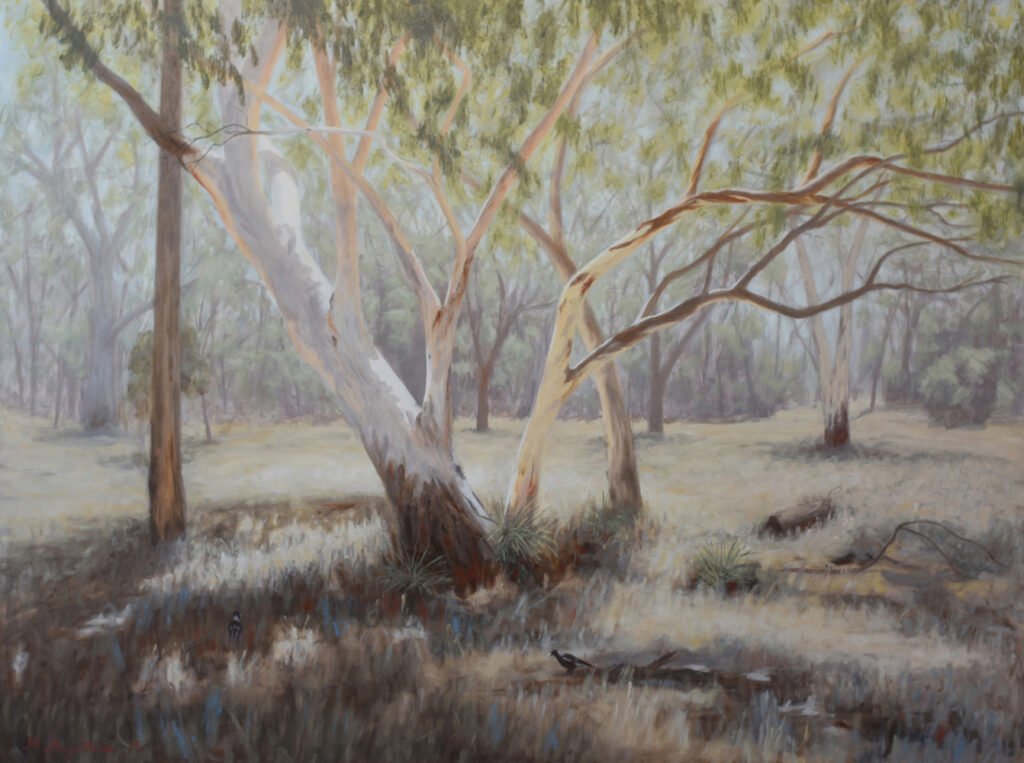
Magpies by Michael Augustine
SECOND PRIZE – Section 1 Painting in Acrylic and Oils
Oil Painting $2000 76x110cms
Demolition by Kathleen Dempsey
SECOND PRIZE – Section 1 Painting in Acrylic and Oils
Acrylic on canvas $700 152x122cms
Sunset Over Canaipa Passage by Abramo Papp
THIRD PRIZE Section 1 Painting in Acrylic and Oils
Oil on Linen $1200 106x76cms
The Ginger Plant by Peter Hubbard HIGHLY COMMENDED Section 1 Painting in Acrylic and Oils
Oil Painting $500 54x44cms
Cleaning Out The Closet by David Fenoglio
HIGHLY COMMENDED Section 1 Painting in Acrylic and Oils
Oil on Linen $1800 65x55cms
Samford South Pine by Mike White
COMMENDED Section 1 Painting in Acrylic and Oils
Acrylic on Canvas $600 50x75cms
Story Bridge By Night by Paul Anthony
COMMENDED Section 1 Painting in Acrylic & Oils
Acrylic $300 32x48cm
Nudgee Beach Early by Tony Walker
FIRST PRIZE Section 2 Watercolour Painting $850 44x92cms
Fresh Produce by Alan Innes
FIRST PRIZE Section 3 Photography and Digital
Digitally Assembled Drawing $390 50x50cms
Old Museum – Nocturn by Joanne Heath
HIGHLY COMMENDED Section 3 Photography and Digital
Photograph $295 53x41cms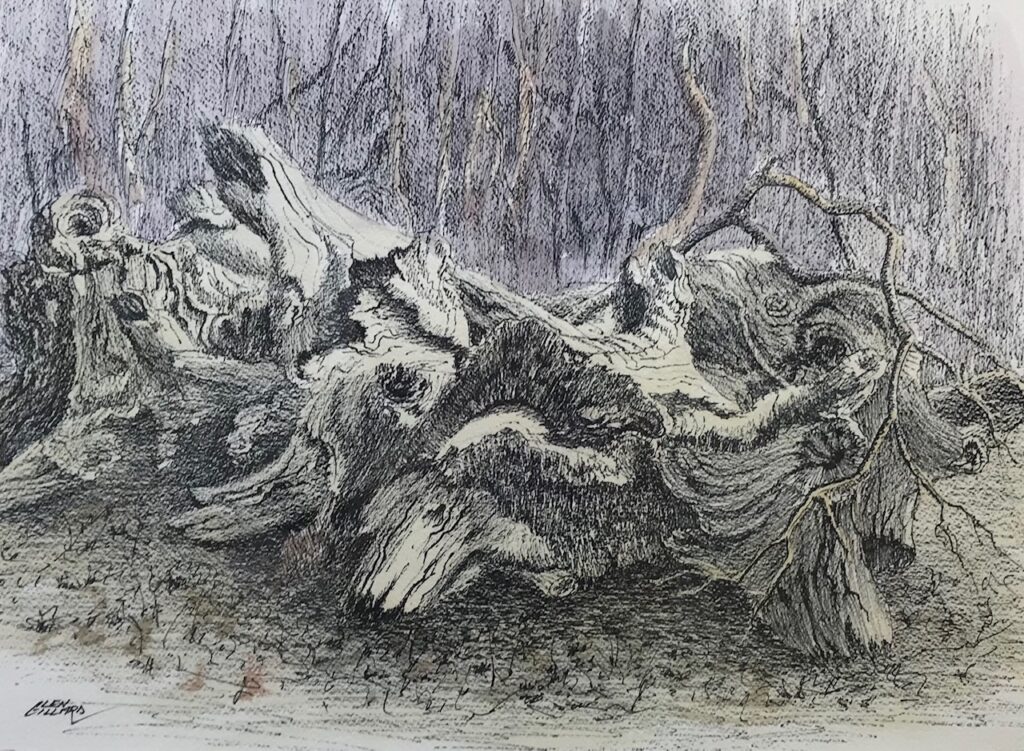
Remnants by Glen Gillard
FIRST PRIZE Section 5: Drawing
Pen and Wash $500 47x57cm
Cambodian Fishing Village by Kay Kane
HIGHLY COMMENDED Section 5: Drawing $450 54x43cm
Venice by Christine Groh WINNER Section 6: 2D Works & All Other Media
Hand-Coloured linocut $300 52x62cm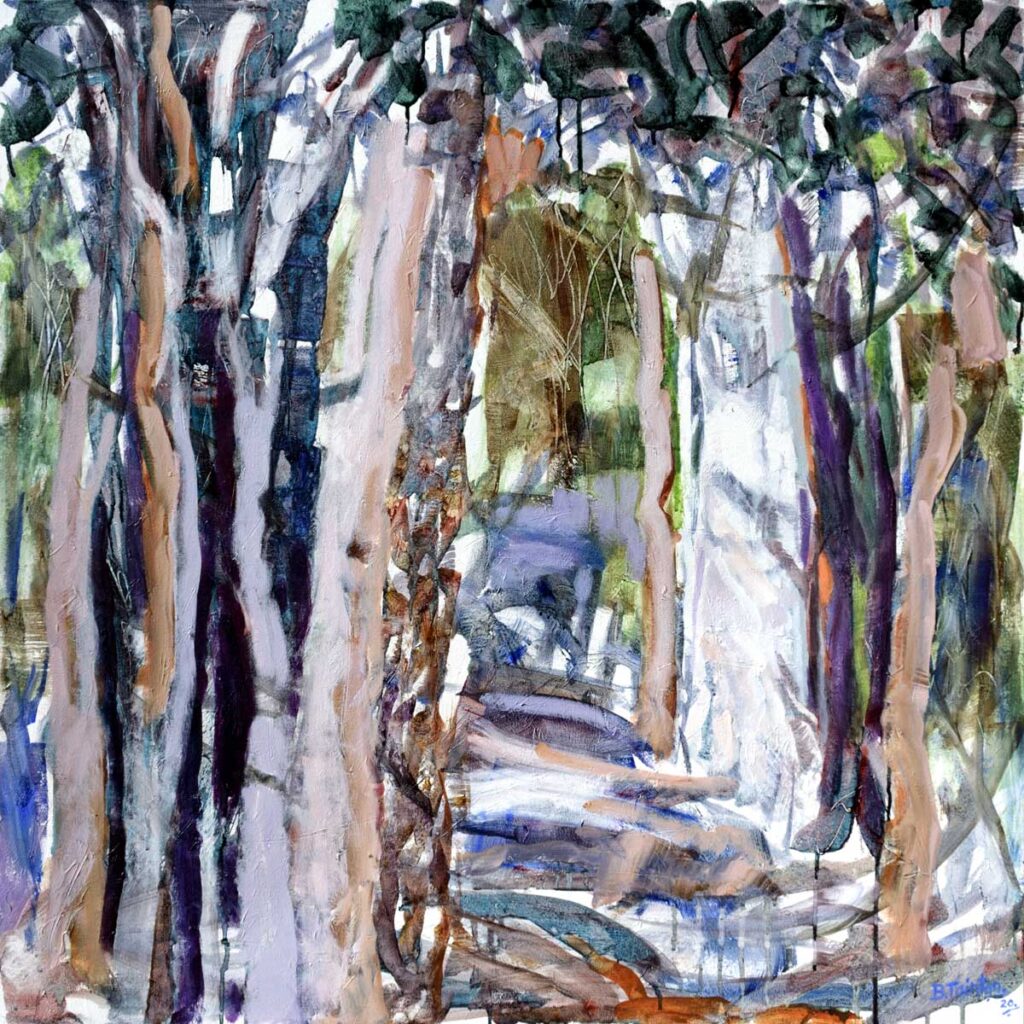
Coucal Trail by Beverley Tainton
WINNER PEOPLES CHOICE
Acrylic $2900 98x98cm
For more information and judges comments on our winners please click here
Exhibition Entries

Sunny Santa Margherita by Mike White
Acrylic on Canvas $600 50x75cm
Out There by Kathy Sullivan
Coloured Pencil $850 44x54cm
The Scout Cafe by Garry Dolan
Oil Painting $1000 40x50cm **SOLD**
Hamilton Reach by Tony Walker
Watercolour $800 55x72cm
Cortona Marketplace by Mike White
Acrylic on Canvas $700 75x100cm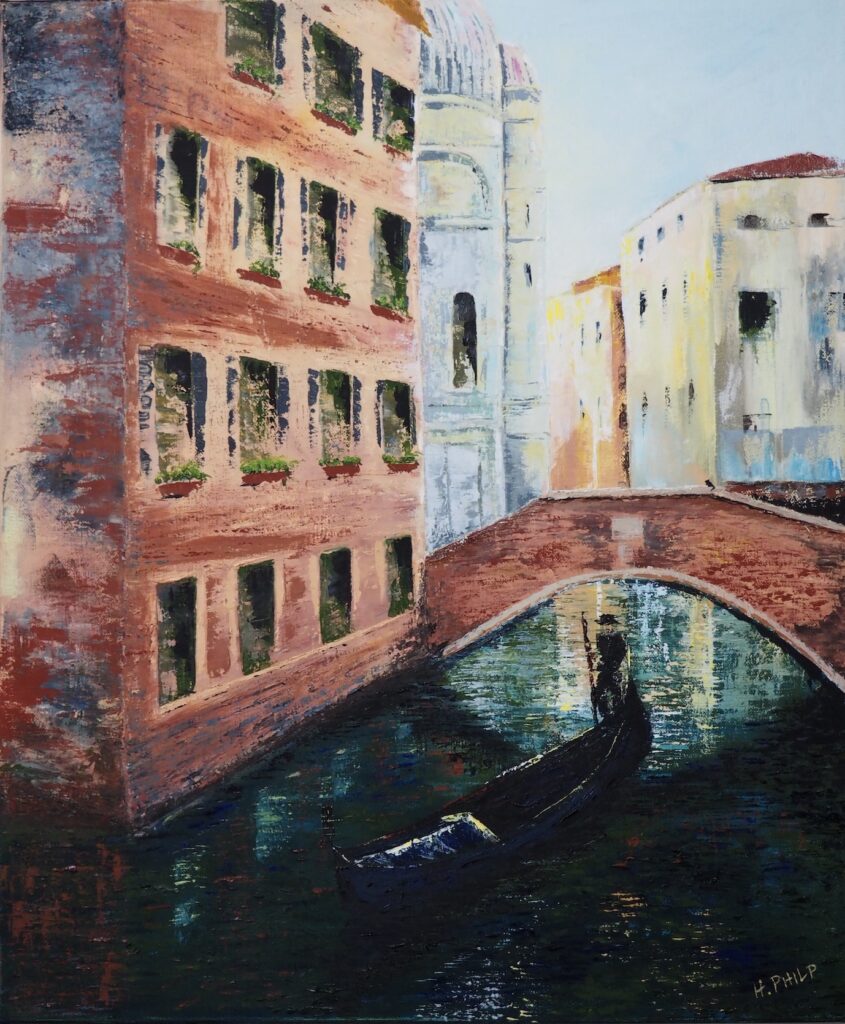
Still Waters by Heather Philp
Oil $550 50x60cm
Lady Life by Trudy Tathem
Mixed Media, Collage & Resin $200 31x45cm **SOLD**
Castelli Romani by Heather Philp
Oil $350 60x30cm
Lifes a Beach Keep Your Distance by Angela Mulligan
Oil $2150 104x102cm
Biophilia by Marijke Lambregtse
Mixed Media on Canvas $750 91x91cm
Bastia Ciel by Heather Philp
Oil $480 40x50cm
Summer Bloom by Ineke Hartman
Oil $295 40x50cm
And Bones/Worn, (Diptych) from the Paperskin Series by Genevieve Memory
Oil $1100 2 pieces 50x40cm each
The Innocent Bystander by Karen Knight
Multimedia $500 90x60cm
Old Paperbarks by Glenine Hamlyn
Oil $600 60x46cm
Dead Tree in Bloom by Allan Green
Oil on Canvas $1200 91x91cm
The Director by Robin Finlay
Oil on Stainless Steel $3500 65x92cm
George Street by Garry Dolan
Oil $650 40x50cm
The Great Race by Christine Groh
Hand Coloured Linocut $350 84x56cm
Heroes by Di Cox
Acrylic on Canvas $890
Rainforest Dancing by Casey Charles
Oil $5000 150x120cm
Rose Light Diptych #1 by Di Cox
Acrylic on Linen $950 152x76cm
Rose Light Diptych #2 by Di Cox
Acrylic on Linen $950 152x76cm
Inspired #1 by Wendy Pound
Acrylic on Canvas $350 50x60cm
Late Summer Afternoon by Boyd Craig
Acrylic $275 40x50cm
Untitled (Silver Shift Dress) by Genevieve Memory
Acrylic on Found Dress $450 91x63x10cm
Pre-Dawn Flight by Di Cox
Oil on Canvas $590
Roseville Revisited by Esther Austin
Oil $2500 102×72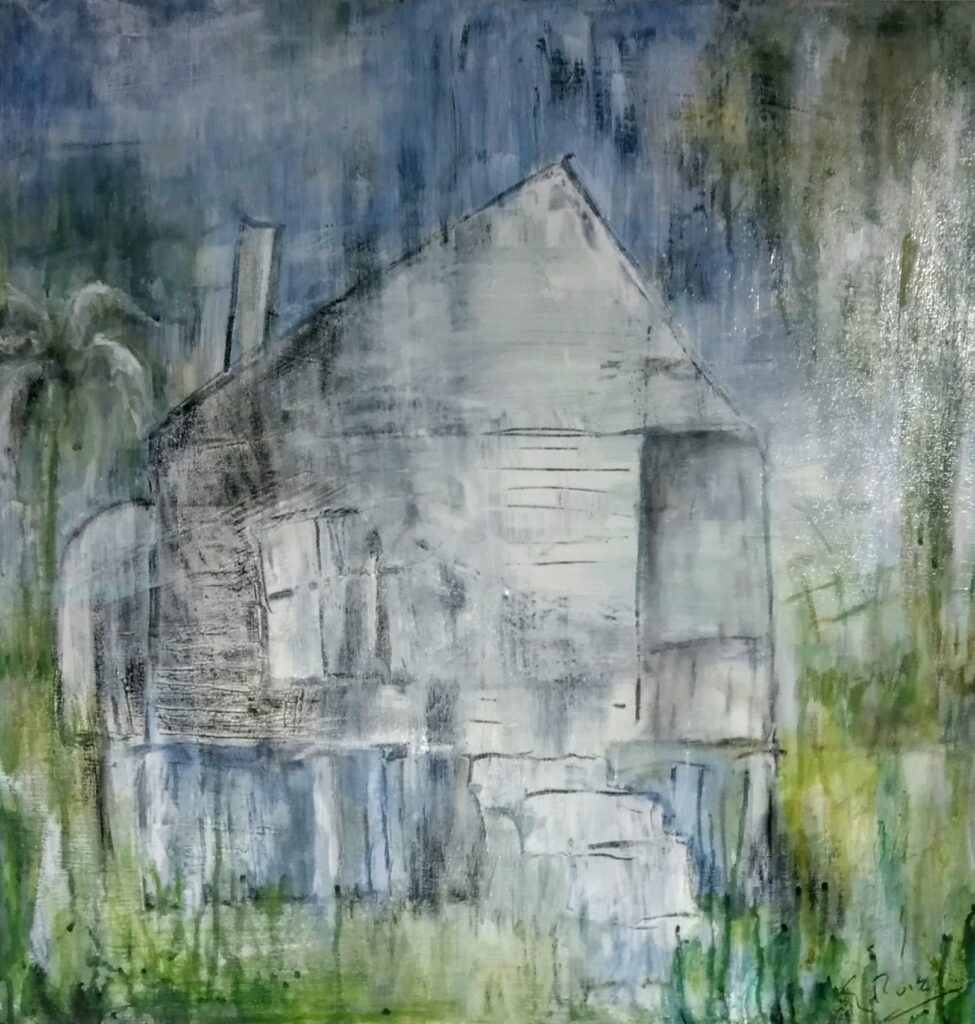
Where The Dust Lays by Elisabeth Ruiz
Acrylic $620 60x60cm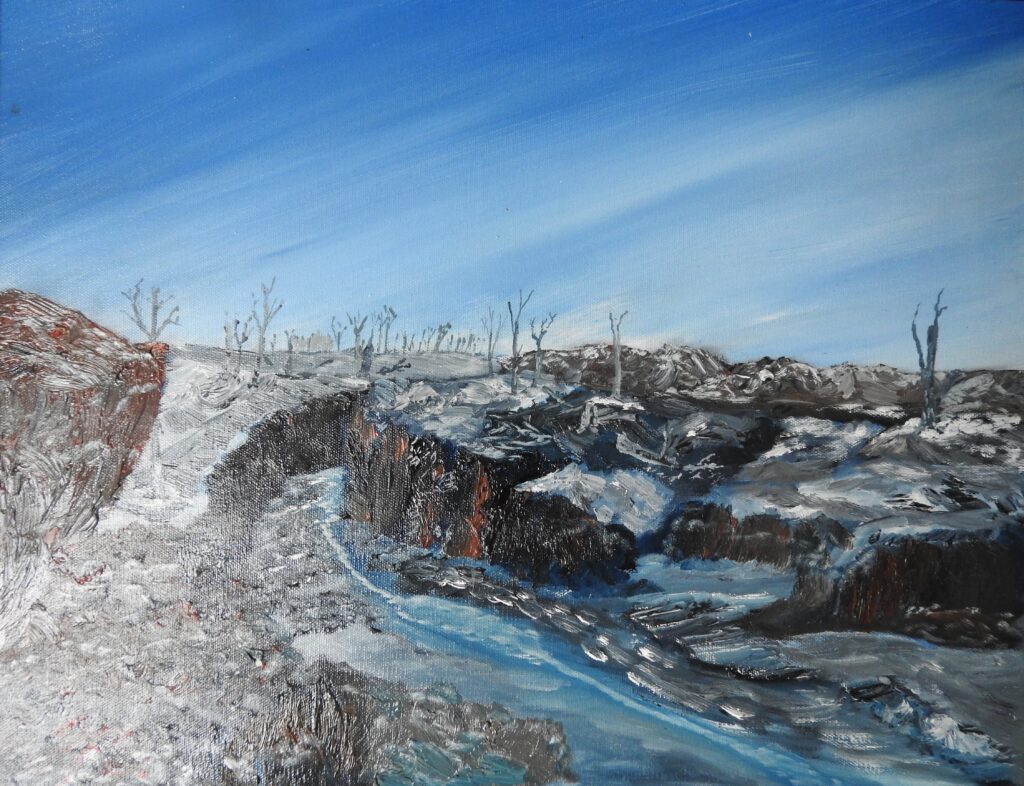
After The Bushfires by Ned Baker
Oil $145 58x48cm
View From Maleny by Peter Hubbard
Oil $400 33x54cm
Mountain Bay by Ned Baker
Oil $165 68x58cm
Anne Rose by Alan Innes
Digitally Assembled Drawing $390 50×50
**SOLD but available for reprint**
Dunes, I Think by Elisabeth Ruiz
Acrylic $450 60x50cm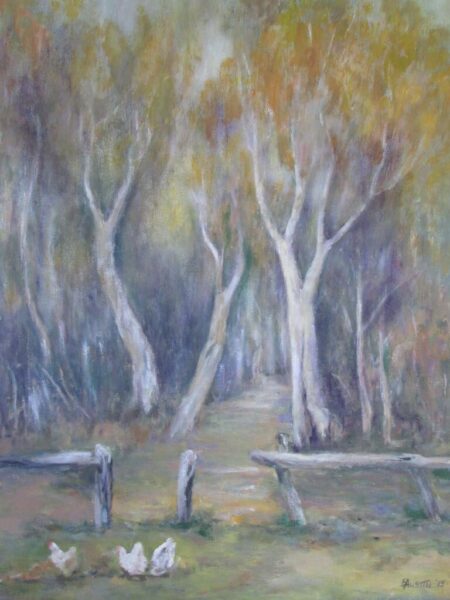
Bush Track by Esther Austin
Oil $1200 90x76cm
Working at Bulimba Creek #1 by Peter Hubbard
Oil $500 44x54cm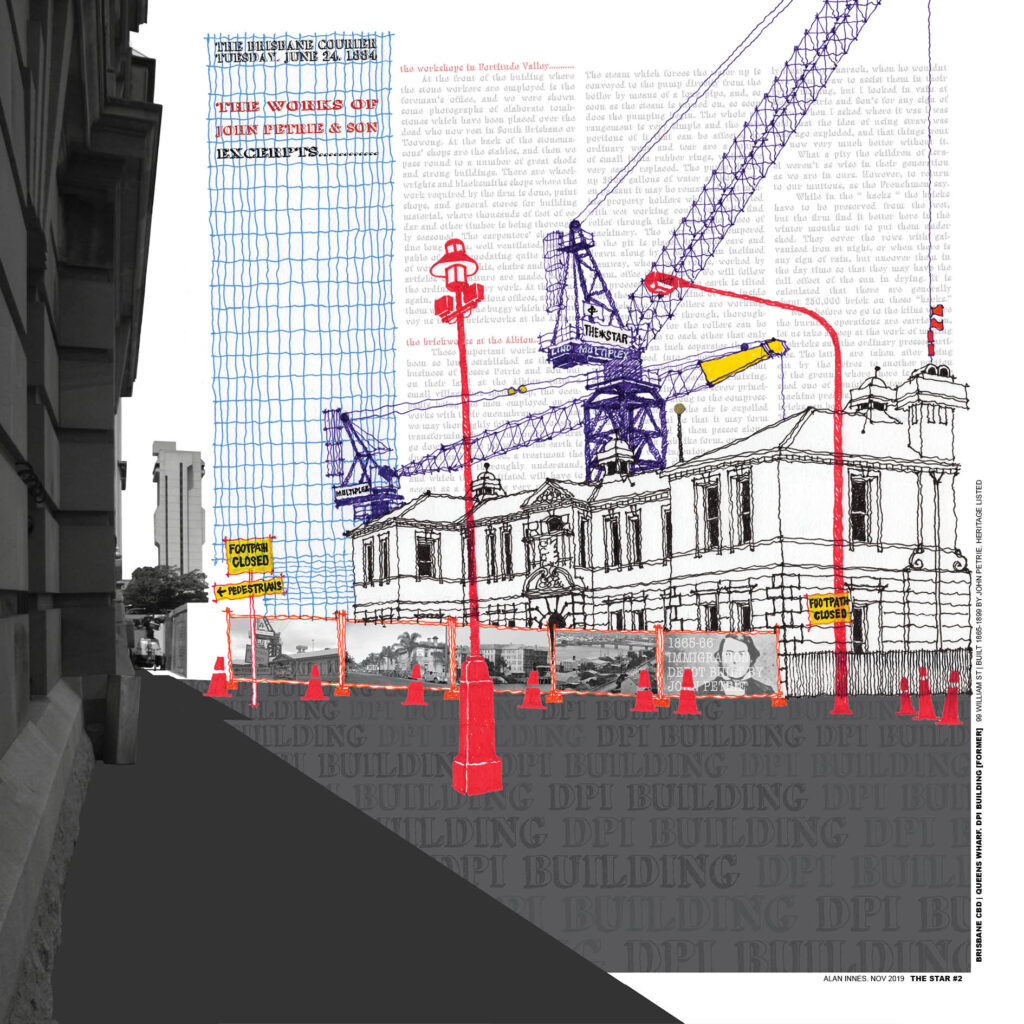
The Star by Alan Innes
Digitally Assembled Drawing $450 50×50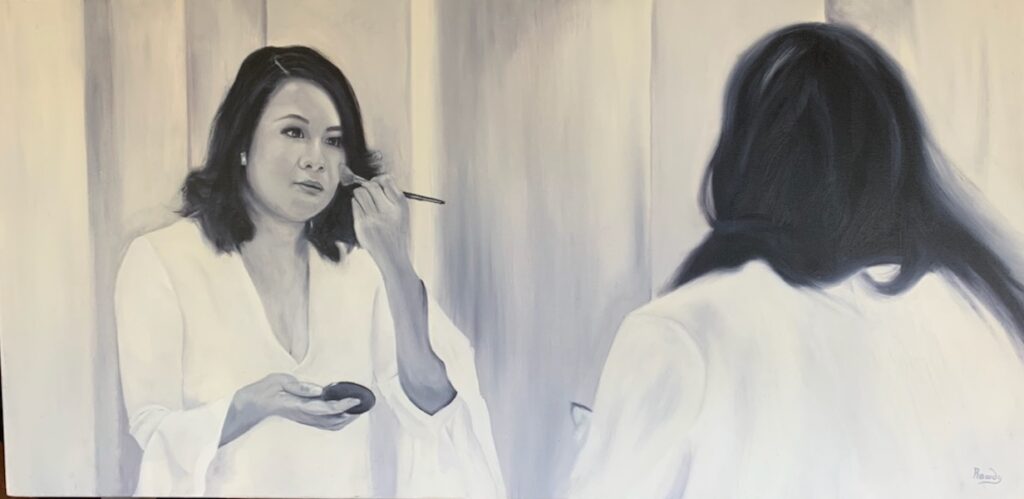
Modern Bride by Rawdon Slater
Cobra Oil on Canvas $700 102x61cm
Life by Joanne Heath
Acrylic $600 50x50cm
Working at Bulimba Creek #2 by Peter Hubbard
Oil $500 44x54cm
A Pinwheel of Plaice by Louise Blood
Acrylic on Canvas $7000 94x96cm
My Military Friends (Ara Militaris Mexicanis) by Wilna Ten Cate
Oil on Canvas $600
Onlookers by Angela Mulligan
Mixed Media $650 75x50cm
Venetian Mysts of Winter by Heather Philp
Oil $650 60x60cm
King Street Morning by Tony Walker
Pen & Inks $450 44x54cm
On A Wing And A Prayer by Angela Mulligan
Acrylic $650 60x40cm
Looking for the Light by Giovanna Scott
Acrylic and Machine Stitching $350 30x42cm
Shelter from the Storm by Giovanna Scott
Acrylic and Machine Stitching $350 30x42cm
Fishing for Compliments by Christine Groh
Hand Coloured Linocut $125 28x60cm
Tree of Knowledge by Jennifer Redmond
Acrylic and Oil on Canvas $850 35x35cm
Banksia 1 (Section) by FJ Rowland-Wregg
Acrylic $1000 100x100cm
Waiting on the Hill by Alan Innes
Digitally Assembled Drawing
$390 50x50cm
Exhibiting Artists
| Paul Anthony |
| Michael Augustine |
| Esther Austin |
| Ned Baker |
| Louise Blood |
| Casey Charles |
| Di Cox |
| Boyd Craig |
| Merle Crowe |
| Greg de Silva |
| Kathleen Dempsey |
| Garry Dolan |
| David Fenoglio |
| Robin Finlay |
| Glen Gillard |
| Allan Green |
| Christine Groh |
| Glenine Hamlyn |
| Ineke Hartman |
| Joanne Heath |
| Peter Hubbard |
| Darren Hughes |
| Alan Innes |
| Kay Kane |
| Karen Knight |
| Marijke Lambregtse |
| Genevieve Memory |
| Angela Mulligan |
| Abramo Papp |
| Laura Phillips |
| Heather Philp |
| Wendy Pound |
| Jennifer Redmond |
| F. J Rowland Wregg |
| Elisabeth Ruiz |
| Giovanna Scott |
| Rawdon Slater |
| Graham W. Smith |
| Kathy Sullivan |
| Beverley Tainton |
| Trudy Tathem |
| Wilna Ten Cate |
| Tony Walker |
| Mike White |
| Vashti-Sita |











 The world around us serves as one of the most important figurative interpretations in art. Nature has a positive effect on the emotional state and many artists take advantage of this. The French expression “plein air” means “fresh air” or “in the open air” in English. This year’s En Plein Air Exhibition at Petrie Terrace Gallery was a delightful collection of works created “in the open air’.
The world around us serves as one of the most important figurative interpretations in art. Nature has a positive effect on the emotional state and many artists take advantage of this. The French expression “plein air” means “fresh air” or “in the open air” in English. This year’s En Plein Air Exhibition at Petrie Terrace Gallery was a delightful collection of works created “in the open air’.

